Transcription of Grade 7 Geography Course Information and Outline
1 Woodbine Grade 7 Geography Course Information and Outline Materials: The following is a list of materials that you should bring to each class: a 3-ring binder or duo-tang a pencil case with: o blue / black pen - to take notes and to write tests o red pen - to correct homework, assignments, and quizzes/tests o pencil and eraser - to draw diagrams, maps and graphs o ruler - to draw straight lines in diagrams and graphs, and to underline dates and headings o extra pens and pencils, highlighter, pencil crayons, markers, etc. Textbook: physical Geography 7 ( pearson ). The textbook that you receive at the beginning of the year is on loan and will be collected in June. YOU ARE RESPONSIBLE. FOR RETURNING YOUR TEXTBOOK IN THE SAME CONDITION IN WHICH IT WAS GIVEN TO YOU. The replacement value for a lost textbook is $55. The rebinding fee for damaged books is $10. Classroom Expectations: 1. Arrive on time and be prepared to work.
2 2. Complete all assignments. 3. Know and abide by the Code of Behaviour (see Student Agenda). 4. If you are having difficulty with the work, seek extra help. 5. If you are absent (due to illness) or know you will be absent (due to a field trip), it is your responsibility to catch up. If you are absent on the day of a test, it is your responsibility to arrange a time with the teacher to write the test on another date. This should be done immediately upon your return to school. Assessment and Evaluation: Students will be assessed using a variety of tools such as tests, quizzes, performance tasks, presentations, etc. In most cases, a rubric based on 4 levels of achievement will be used to assess mastery of the curriculum expectations. Level 4 80 100%. Level 3 is defined as the Level 3 70 79% provincial standard. A student achieving at level 3 should be Level 2 60 69% well prepared for work in the next Grade level or the next Course .
3 Level 1 50 59%. Level R Below 50%. (remediation required). Grade 7 Geography Course Outline : Follows Ministry of Education Curriculum Document: Gr. 7 Geography , 2006. The dates below are rough estimates and are intended only as guidelines! Duration Topic and Overall Expectations Description February Introduction Classroom expectations, Course Information and Outline , introduction to text book, etc. February- Geographic Inquiry March Identify and explain the themes and concepts of Text: Unit 1 Chapters 1-3. geographic inquiry: location/place, environment, region, interaction, and movement Use a variety of geographic resources and tools to Concepts: Geographic Inquiry. Place and Location, Regions, gather, process, and communicate geographic Information Movement, Environment, Interaction. Analyse current environmental issues or events from the perspective of one or more of the themes Application Suggestion: Create a visual presentation (slide of geographic inquiry Use appropriate vocabulary (eg.))
4 Phenomena, show, storyboard, poster, video) to report on how conditions in issues, bias, fact, opinion, absolute location, relative and around the school illustrate the 5 themes of geographic location, interaction, region, etc) inquiry. Create and use maps for a variety of purposes March-April Patterns in physical Geography Identify patterns in physical Geography and explain Text: Unit 2 Chapters 4-6. the factors that produce them Use a variety of resources and tools to gather, process, and communicate geographic Information Concepts: Patterns in physical Geography . Landforms, about the earth's physical features and patterns Explain how patterns of physical Geography affect Climate and Vegetation, Rivers, Agriculture. human activity around the world Application Suggestion: Produce a brochure outlining the Identify, describe, and/or explain types of physical features and climate of a variety of popular tourist landforms, landform patterns, climate patterns, effects of natural phenomena, vegetation patterns, destinations and use a decision-making model to select an river systems, types of agriculture and factors ideal travel destination.
5 Influencing commercial agriculture May-June Natural Resources Demonstrate an understanding of how Canada's Text: Unit 3 Chapters 7-9. natural resources have contributed to its economic development Demonstrate an understanding that people use Concepts Natural Resources. Types, Non-renewable, renewable, non-renewable, and flow resources in a variety of ways to meet their needs renewable, Flow, Sustainable Development Locate and record relevant Information from a variety of primary sources (eyewitness interviews, Application Suggestion: Produce a report (eg. Newspaper, field studies) and secondary (maps, illustrations, diagrams, print materials, Internet etc) television show, video, website) on the factors that affect the Communicate the results of inquiries for specific future availability of natural resources (eg. Overfishing, clear- purposes and audiences, using media works, oral cut logging, urban sprawl, accessibility of resource deposits).
6 Presentations, written notes and reports, drawings, tables, charts, and graphs Identify patterns of natural resources, using thematic maps (eg. Locations of valuable minerals). Present and defend a point of view on how a resource should be used Evaluation Tests (ongoing) Presentations: Oral and Visual Regular assignments (maps, current events, etc). Reports Evaluation weighting varies by assignment This Course will be supplemented with a study of current events and issues. Related articles from newspapers, magazines, online sources, etc. will be discussed regularly in class. Students will be encouraged to connect what they are learning with what is happening in the world around them at all times!

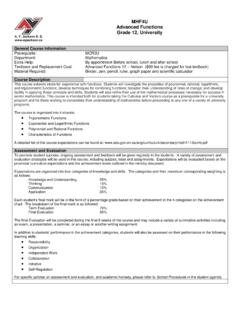
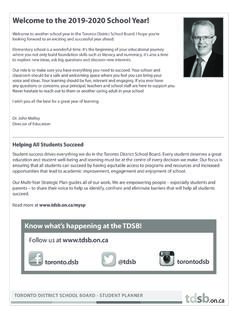
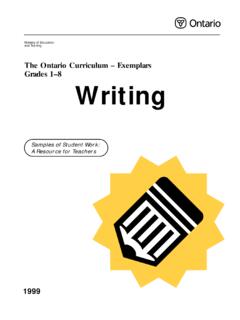
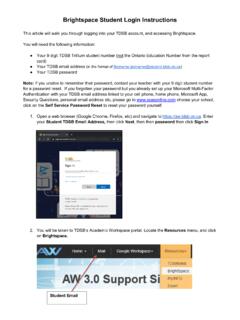
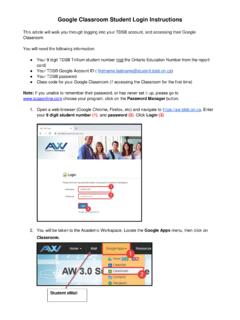



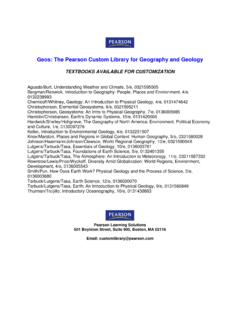
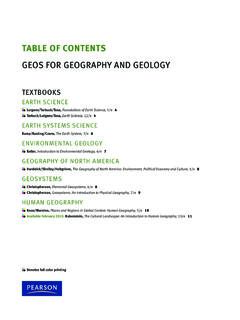

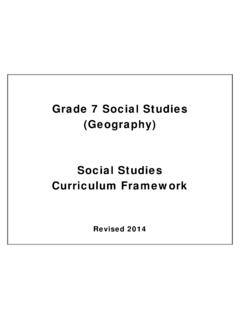

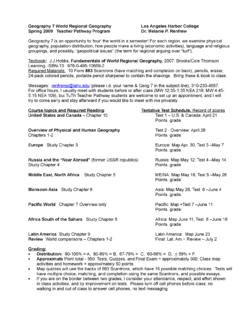
![[6031c7] - Pearson Geograpy Unit 2 Grade 7](/cache/no-preview.jpg)